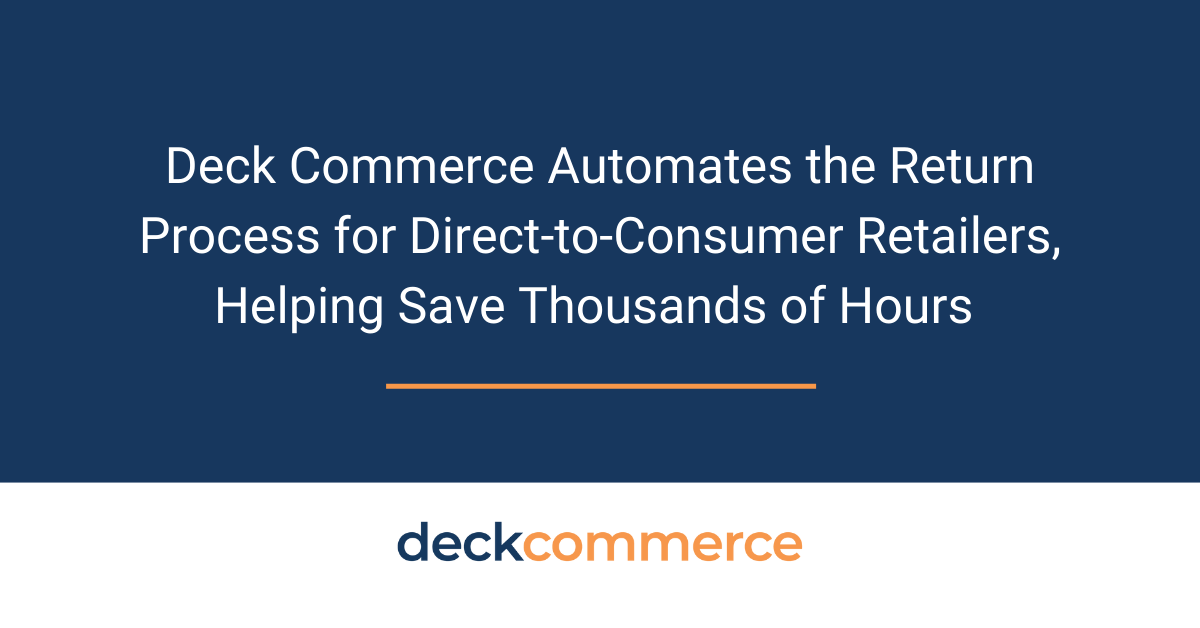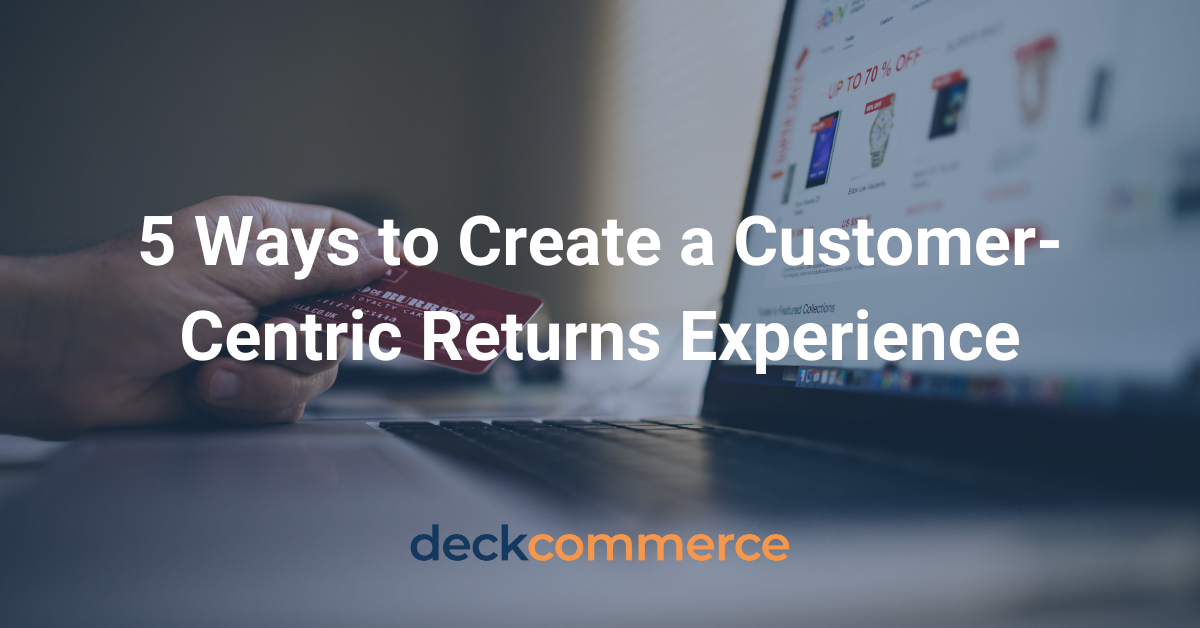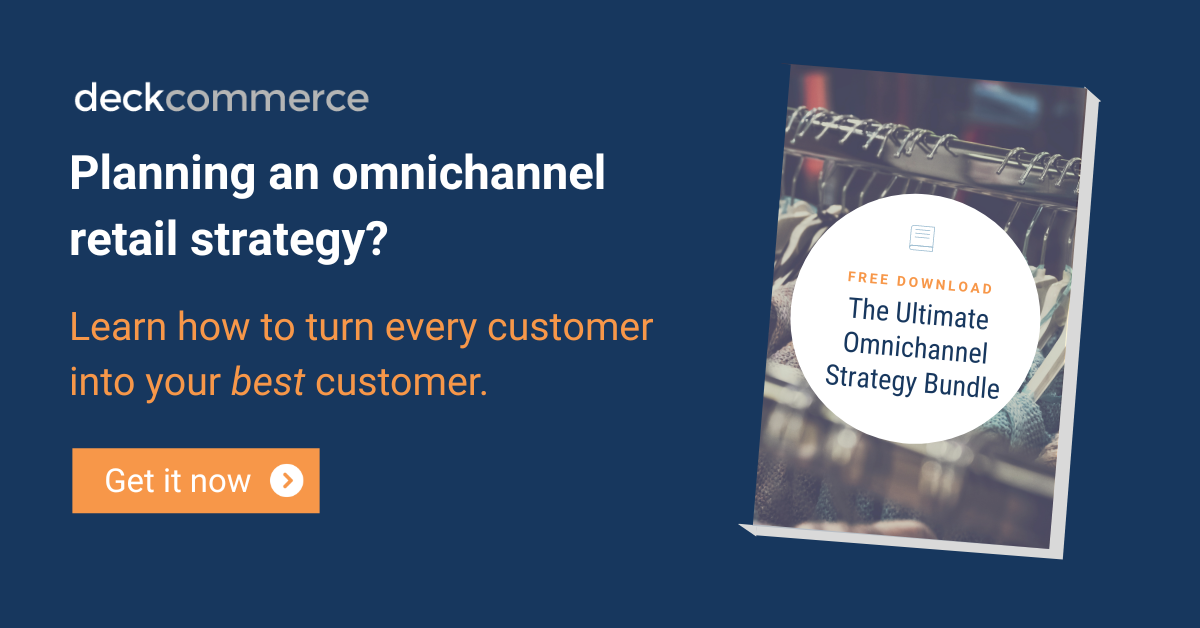Tips for Perfecting Buy Online Return In Store Retail Strategies

The ability to buy online and return in-store offers consumers the convenience and flexibility they crave. Meanwhile, retailers benefit from increased foot traffic and potential additional sales. This shift in consumer behavior has given rise to innovative strategies like Buy Online, Return In Store (BORIS), redefining the retail experience.
BORIS is more than just a feature; it's an approach that reflects a deep understanding of modern shopping preferences and the growing demand for flexibility in how consumers interact with brands.
As retailers grapple with the challenges and opportunities of omnichannel strategies, implementing a successful BORIS model stands out as a key differentiator. However, implementing BORIS successfully requires more than just a policy change. It demands a deep dive into the logistics, inventory management, and customer service aspects of retail operations
In this blog, we'll explore the steps retailers can take to implement and perfect a BORIS strategy. From understanding the customer journey to leveraging the right technology, we will provide insights into how retailers can navigate this transition smoothly and effectively.
What is Buy Online, Return In Store (BORIS)?

BORIS refers to the process where customers make online purchases and can return them at a physical store. This model offers a flexible and convenient return process, a key factor in enhancing customer satisfaction and loyalty.
Unlike traditional return methods, BORIS bridges the gap between online and in-store shopping experiences, creating a more integrated retail environment.
How BORIS Enhances Customer Experience
At its core, BORIS is more than a logistics solution—it's a customer-centric approach reshaping the retail landscape. This strategy marks a shift from traditional online shopping experiences to a model that puts customer convenience and satisfaction at the forefront.
BORIS addresses the modern shopper's desire for flexibility and ease, turning the potentially negative experience of a return into a positive touchpoint that reinforces brand loyalty.
- Convenience: Customers appreciate the ease of returning items in-store, especially if they can avoid the hassles of shipping and waiting for a refund.
- Immediate Resolution: In-store returns provide instant gratification, as customers can immediately resolve issues, exchange products, or receive refunds.
- Brand Loyalty: Offering a hassle-free return process enhances customer trust and loyalty.
How BORIS Impacts Retail Operations
Implementing BORIS extends beyond facilitating customer returns; it requires a strategic overhaul of retail operations. This model introduces new dynamics in inventory management, customer interaction, and overall logistical coordination.
For retailers, the adoption of BORIS is not just a response to consumer demand but a strategic move to optimize operations, gain valuable consumer insights, and ultimately, drive a more efficient and responsive business model.
- Complex Inventory Management: Efficiently handling returns and managing inventory across channels can be complex. BORIS requires robust systems to track and integrate inventory in real time.
- Deeper Customer Insights: Retailers can gain valuable insights into customer preferences and behaviors based on return patterns, which can inform future business strategies.
- Greater Operational Efficiency: The ability to process returns effectively and restock items quickly is crucial for maintaining operational efficiency.
- Market Edge: Retailers providing a smooth BORIS experience can stand out from competitors who don't offer this option or who have a less efficient process.
Retailers who adopt and perfect a BORIS strategy position themselves to meet evolving customer expectations and strengthen their market presence.
The next sections will explore the challenges of implementing BORIS and how technology, particularly an Order Management System, can facilitate its success.
Challenges to Implementing a Buy Online Return In Store Strategy
Implementing a Buy Online, Return In Store (BORIS) strategy can significantly enhance customer satisfaction and streamline retail operations. However, it also comes with its own challenges that retailers must address for a successful implementation.
Here are some key hurdles that brands often face.
Integration Across Channels
The integration of inventory management across online and physical stores is a critical aspect of BORIS. Retailers face the task of ensuring real-time inventory synchronization to avoid stock discrepancies and overselling.
This challenge extends to system compatibility, where there is a need for various retail channels to seamlessly communicate with each other. Often, this requires upgrading existing systems or investing in new technology solutions that can integrate effectively.
Training & Staffing
The success of BORIS also hinges on the preparedness of in-store staff. Employees need comprehensive training to adeptly handle online orders, process returns, and use any new software systems introduced. This training is essential for maintaining a high standard of customer service for both online and in-store interactions.
Additionally, with the increased workload due to in-store returns, brands must consider resource allocation to ensure adequate staffing to manage these tasks without compromising the quality of in-store customer service.
System & Process Overhaul
Adopting a BORIS model often requires a significant overhaul of existing retail processes. Retailers need to redesign how orders are handled, how returns are processed, and how inventory is restocked.
This overhaul frequently entails technological upgrades, particularly in POS and inventory management systems, to support the seamless execution of the BORIS model.
Seamless Customer Experience & Communications
Effective implementation of BORIS also involves clear communication with customers regarding return policies and procedures. Ensuring customers are well-informed about return eligibility, process details, and any related conditions is crucial.
Moreover, businesses must strive to deliver a consistent and seamless experience across online and physical store interactions, reinforcing customer trust and satisfaction.
That Sounds Like a Lot. So Now What?
These challenges require a strategic approach, combining technological solutions with operational changes and staff training. In the next sections, we will explore how technology, particularly Order Management Systems, can facilitate the successful implementation of BORIS.
Implementing BORIS Software: The Vital Role of Order Management Systems
The good news is by choosing an Order Management System (OMS) with omnichannel capabilities, you can upgrade your tech stack to easily launch new fulfillment alternatives.
An OMS, like Deck Commerce, enables retailers to manage complex processes across various channels, facilitating a "buy anywhere, fulfill anywhere, return anywhere" model.
The system ensures real-time inventory visibility, streamlined order processing, and adaptable fulfillment options, making it an indispensable tool for modern retailers aiming to meet evolving customer expectations in a dynamic market.
Features |
Role |
BORIS Impact |
|
Real-time Inventory Management |
Tracks inventory across online and offline channels in real time. |
Ensures accurate stock levels for handling online returns in-store, reducing the risk of overselling or stock discrepancies. |
|
Seamless Channel Integration |
Integrates e-commerce platforms with in-store POS systems. |
Facilitates the smooth processing of online returns at physical stores, enhancing customer experience. |
|
Efficient Order Processing |
Manages the flow of orders from online purchase to in-store return. |
Streamlines the return process, making it efficient for both customers and staff. |
|
Customer Data Management |
Collects and analyzes data from online purchases and in-store returns. |
Provides insights for inventory planning and helps tailor the customer experience. |
|
Automated Return Processing |
Automates the handling of returns, exchanges, and refunds. |
Reduces manual errors and speeds up the return process, improving operational efficiency. |
How an OMS Powers Other Omnichannel Strategies
The ability to centralize data, manage inventory, streamline fulfillment, and adapt to changing business needs makes Order Management Systems invaluable for retailers looking to thrive in a multi-channel environment.
Here’s why.
Unified View of Customer Interactions
An OMS provides a centralized platform that captures and manages customer interactions across all channels. This unified view ensures that customer preferences and purchase history are accessible regardless of the shopping channel, enabling personalized service and targeted marketing efforts.
Multi-Channel Inventory Optimization
One of the critical features of an OMS in omnichannel retailing is its ability to manage inventory across various channels effectively. Real-time inventory updates and insights prevent stockouts and overstocking, ensuring products are available where and when customers need them.
This capability is crucial for maintaining customer satisfaction in an environment where availability can significantly influence purchasing decisions.
Streamlined Fulfillment & Delivery
Order management systems are crucial in optimizing the fulfillment process, whether it's BOPIS (Buy Online, Pick Up In Store), ship-from-store, or direct-to-customer shipping.
It intelligently routes orders based on proximity, inventory levels, and customer preferences, ensuring efficient and cost-effective delivery.
Facilitating Flexible Return Policies
Beyond BORIS, an OMS can manage various return processes, including in-store returns for online purchases, online returns for in-store purchases, and even cross-channel exchanges.
Scaling Operations
As businesses expand, their operational needs evolve. An OMS supports scalability by adapting to increased order volumes, expanding product ranges, and growing customer bases without needing significant overhauls in existing systems.
Seamless Integrations with Business Technologies
An effective OMS seamlessly integrates with other technologies like CRM systems, e-commerce platforms, and ERP solutions. This integration is vital for maintaining consistency in data and processes across the entire business operation.
Steps to Implementing a BORIS Strategy

1. Assess Current Fulfillment Capabilities
- Inventory Management Review: Evaluate current inventory management across physical and digital channels. Is there real-time visibility and cross-channel integration?
- Return Management Practices: Examine existing return processes. Are there people, processes, and systems in place for handling online returns in-store (BORIS) efficiently?
2. Evaluate Existing Infrastructure
- Technology Assessment: Assess existing e-commerce platforms (like Salesforce Commerce Cloud, Magento) and POS systems in physical stores. Determine their capability to support BORIS.
- Operational Readiness: Review current operational workflows and staff training levels to handle omnichannel fulfillment including BORIS.
3. Choosing & Implementing an Order Management System
- Assessment of Needs: Initially, assess your specific requirements for BORIS and other omnichannel functionalities. This includes compatibility with existing e-commerce platforms and POS systems.
- Vendor Comparison: Evaluate different OMS vendors based on their ability to meet these needs. Consider factors like functionality, scalability, integration capabilities, and support services
- OMS Setup: Once a vendor is selected, the implementation phase begins. This typically involves integrating the OMS with your current e-commerce storefronts and POS systems. The process might require custom configurations to align with your specific operational workflows.
- Vendor Support: Most OMS vendors provide support during this phase, but the level and quality of assistance can vary. Ensure you have clarity on the support provided to facilitate a smooth transition.
- Workflow Configuration: Regardless of the chosen OMS, setting up specific workflows for BORIS is crucial. This includes configuring how online returns will be processed in physical stores.
- Inventory and Order Management: Establishing effective cross-channel inventory visibility and order routing is essential for managing BORIS efficiently.
4. The Deck Commerce Advantage
- Simplified Integration and Setup: Deck Commerce offers a more streamlined and user-friendly approach to OMS implementation. Our system is designed for easy integration with major e-commerce platforms and POS systems.
- Out-of-the-Box Functionality: Unlike some OMS solutions that require extensive customization, Deck Commerce provides prebuilt workflows and functionalities tailored for BORIS and other omnichannel strategies.
- Expert Guidance: Deck Commerce supports our clients throughout the implementation process, ensuring that the setup aligns perfectly with their retail operations and minimizes the need for extensive internal technical intervention.
5. Staff Training and Resource Allocation
- Empower Employees: Train staff on new systems and processes to ensure they can handle BORIS transactions effectively.
- Allocate Adequate Resources: Plan for additional staffing or resource allocation in stores to manage the expected increase in return volumes.
6. Customer Communication and Policy Development
- Clear Policy Articulation: Develop and communicate clear policies regarding BORIS to customers, including return eligibility, process details, and any conditions.
- Marketing and Customer Education: Utilize marketing channels to educate customers about the new BORIS option, highlighting its convenience and ease.
7. Pilot Testing & Feedback
- Trial Run: Conduct a pilot test of the BORIS strategy in select locations to gather insights and identify any operational challenges.
- Feedback Analysis: Analyze customer and employee feedback to refine the process before a full-scale rollout.
8. Monitoring & Continuous Improvement
- Iterative Improvement: Continuously refine and adjust the strategy based on performance data, customer feedback, and evolving market trends.
- Performance Tracking: Monitor key performance indicators to assess the effectiveness of the BORIS strategy. These can include:
-
- Return Rate
- Customer Satisfaction Score (CSAT)
- Net Promoter Score (NPS)
- Foot Traffic Conversion Rate
- Average Handling Time for Returns
- Cost Per Return
- Rate of Exchange vs Refunds
-
Deck Commerce Makes Implementing Buy Online Return In Store Solutions Easy
If you're looking to elevate your eCommerce store's order management capabilities, consider exploring how Deck Commerce can streamline your BORIS process.
With its advanced features and seamless integration, Deck Commerce simplifies the complexities of omnichannel retailing, enhancing both customer experience and operational efficiency.
Ready to transform your retail strategy? Reach out and discover how Deck Commerce can tailor a BORIS solution to fit your business needs.



